- No products in the cart.
Nexium tab p / 20 mg of 28 pcs
$5.31
Nexium tab p / 20 mg of 28 pcs
Description
Composition
Active substance:
22.30 mg of esomeprazole Mg trihydrate corresponding to 20 mg esomeprazole.
Excipients:
Glyceryl monostearate 40-55 1.70 mg, giproloza 8.10 mg, 17.00 mg of hypromellose, iron oxide red dye (E172) 0,06 mg iron oxide yellow dye (E172) 0,02 mg Magnesium stearate 1, 20 mg, methacrylic and ethacrylic acid copolymer (1: 1) 35.00 mg, microcrystalline cellulose 273.00 mg, paraffin 0.20 mg 3.00 mg macrogol, polysorbate 80 0.62 mg crospovidone 5.70 mg 0.57 mg of sodium stearyl fumarate, sucrose spherical granules (sugar pellets) (0,250-0,355 mm size) 28.00 mg titanium dioxide (E171) 2,90 mg talc 14.00 mg triethyl citrate 10.00 mg.
Description:
Oblong biconvex tablet light pink color in the shell, with an engraving.
Product form:
Tablets, coated tablets, 20 mg and 40 mg.
7 tablets in aluminum blisters, 1, 2 or 4 blisters with instructions for use in a cardboard box with a first opening control.
When packing of “AstraZeneca Industries’, Russia:
7 tablets in aluminum blisters 2 or 4 blisters with instructions for use in a cardboard box with a first opening control.
Contraindications
Hypersensitivity to esomeprazole, substituted benzimidazoles or other ingredients in the preparation.
Hereditary fructose intolerance, glucose-galactose malabsorption or sucrase-izomaltaznaya failure.
Children up to age 12 years (due to lack of data on efficacy and safety of the drug in these patients) and children older than 12 years for other indications in addition to gastroesophageal reflux disease.
Esomeprazole should not be taken in conjunction with nelfinavir and atazanavir (see. See “The interaction with other drugs and other types of drug interactions”).
Precautions – severe renal failure (application experience is limited).
Dosage
20 mg
Indications
Gastroesophageal reflux disease: – treatment of erosive reflux esophagitis – long-term maintenance therapy after healing of erosive reflux esophagitis to prevent relapse – symptomatic treatment of gastroesophageal reflux disease
Gastric ulcer and duodenal ulcer
In combination therapy: – the treatment of duodenal ulcers, associated with Helicobacter pylori – prevention of relapse of peptic ulcers, associated with Helicobacter pylori
Kislotopodavlyayuschaya prolonged therapy in patients who have had bleeding from peptic ulcers (after intravenous application of drugs, reducing the secretion of gastric glands, for the prevention of relapse).
Patients with long-term NSAID users: – healing of gastric ulcers associated with taking NSAIDs – prevention of gastric and duodenal ulcers associated with the intake of NSAIDs in patients belonging to the risk group Syndrome Zollinger-Ellison syndrome or other conditions characterized by pathological hypersecretion of glands of the stomach, including including idiopathic hypersecretion.
Interaction with other drugs
Effect of esomeprazole on the pharmacokinetics of other drugs.
Reduction of gastric acid secretion in the stomach during the treatment with esomeprazole and other proton pump inhibitors can cause a reduction or increase the absorption of drugs, the absorption of which depends on the acidity of the medium. Like other drugs, lowering gastric acidity, esomeprazole treatment may reduce the absorption of ketoconazole, itraconazole and erlotinib, and increase the absorption of drugs such as digoxin. Co-administration of omeprazole 20 mg once daily and digoxin increases the bioavailability of digoxin in 10% (bioavailability of digoxin was increased by up to 30% in two out of ten patients).
It has been shown that omeprazole interact with some antiretroviral drugs. Mechanisms and clinical implications of these interactions are not always known. The increase in pH during treatment with omeprazole may interfere with the absorption of antiretroviral drugs. It is also possible for the interaction CYP2C19 isozyme level. If concomitant use of omeprazole and certain antiretroviral drugs such as atazanavir and nelfinavir, against the background of omeprazole therapy, there is a decrease in their serum concentrations. Therefore, their simultaneous use is not recommended. The combined use of omeprazole (40 mg once daily) with atazanavir 300 mg / ritonavir 100 mg to healthy volunteers resulted in a significant decrease in bioavailability of atazanavir (area under the curve “concentration – time”, the maximum (Cmax) and minimal (Cmin) concentration decreased approximately 75%). Increasing the dose of atazanavir to 400 mg of an offset impact the bioavailability of omeprazole atazanavir.
With simultaneous use of omeprazole saquinavir and saquinavir increase was observed in serum, when used with some other antiretroviral drugs, their concentration was not changed. Given similar pharmacokinetic and pharmacodynamic properties of omeprazole and esomeprazole, combined use of esomeprazole with antiretroviral drugs such as nelfinavir and atazanavir is not recommended.
Esomeprazole inhibits CYP2C19 – basic isozyme involved in its metabolism. Accordingly, the combined use of esomeprazole with other drugs, in which metabolism is involved isoenzyme CYP2C19, such as diazepam, citalopram, imipramine, clomipramine, phenytoin et al., May lead to increased concentrations of these drugs in the plasma, which in turn may require dose reduction. This cooperation is especially important to remember when using Nexium in the “on demand”. When co-administered 30 mg of esomeprazole and diazepam which is a substrate for the isoenzyme CYP2C19, there is a decrease in clearance of 45% of diazepam.
Application of esomeprazole 40 mg resulted in increased residual concentration of phenytoin in patients with epilepsy is 13%. In this connection, it is recommended to monitor phenytoin plasma concentration at the beginning of treatment with esomeprazole and its abolition.
Omeprazole 40mg once a day resulted in an increase in the area under the curve “concentration – time” and voriconazole Cmax (substrate isoenzyme CYP2C19) at the 15% and 41%, respectively.
Joint warfarin with 40 mg of esomeprazole does not change the time of coagulation in patients receiving long-term warfarin. However, several reported cases of clinically significant increase in the index of the INR (international normalized ratio) in the combined use of warfarin and esomeprazole. It is recommended to monitor the INR in the beginning and at the end of the joint use of esomeprazole and warfarin or other coumarin derivatives. According to the research mentioned pharmacokinetic / pharmacodynamic interaction between clopidogrel (loading dose of 300 mg, and the maintenance dose of 75 mg / day.) And esomeprazole (40 mg / day. Inwardly), which leads to a decrease in the exposure of the active metabolite of clopidogrel on average by 40% and reduce maximal inhibition of ADP-induced platelet aggregation in average 14%. The clinical significance of this interaction is not clear. In a prospective study in patients receiving placebo or omeprazole 20 mg / day. simultaneously with clopidogrel and acetylsalicylic acid (ASA), and in the analysis of clinical outcomes large randomized studies have not shown increased risk of cardiovascular complications in the combined use of clopidogrel and proton pump inhibitors, including esomeprazole. A number of observational studies are inconsistent and do not give a clear answer about the presence or absence of an increased risk of thromboembolic cardiovascular events against the background of the joint use of clopidogrel and proton pump inhibitors. When clopidogrel together with a fixed combination of 20 mg of esomeprazole and 81 mg ASA exposure of the active metabolite of clopidogrel decreased by almost 40% compared to a monotherapy clopidogrel, with maximal levels of inhibition of ADP-induced platelet aggregation were identical, which is probably due to the simultaneous reception of ASA in a low dose.
Omeprazole 40mg resulted in an increase in Cmax and AUC (area under the curve “concentration – time”) Cilostazol 18% and 26%, respectively; for one of the active metabolites cilostazol increase was 29% and 69%, respectively.
Co-administration of cisapride with 40 mg of esomeprazole leads to increased pharmacokinetic parameters of cisapride in healthy volunteers: AUC – 32% and a half-life period is 31%, but the maximum concentration in plasma cisapride while not significantly changed. Slight prolongation of the interval QT, which was observed with monotherapy cisapride, adding Nexium not increased (see. The section “Special instructions”).
With simultaneous application of esomeprazole and tacrolimus was observed increase in serum concentration of tacrolimus.
Some patients noted increased concentration of methotrexate in the background of the joint use with proton pump inhibitors. At higher doses of methotrexate should consider temporal cancellation of esomeprazole.
Nexium do not cause clinically significant changes in the pharmacokinetics of amoxicillin and quinidine.
Studies to evaluate the short-term joint use of esomeprazole and naproxen or rofecoxib did not reveal any clinically significant pharmacokinetic interaction.
Effect of drugs on the pharmacokinetics of esomeprazole.
The metabolism of esomeprazole participate isoenzymes CYP2C19 and CYP3A4. The combined use of esomeprazole with clarithromycin (500 mg, 2 times a day), which inhibits CYP3A4 isozyme, causes an increase in AUC values esomeprazole 2 times. The combined use of esomeprazole and a combined inhibitor of isozyme CYP3A4 and CYP2C19, e.g., voriconazole may lead to more than 2-fold increase in the AUC values for esomeprazole. Typically, in such cases does not require dose adjustment of esomeprazole. Correction esomeprazole dose may be required in patients with severe liver dysfunction with prolonged and its application.
Medications which induce isozymes CYP2C19 and CYP3A4, such as, rifampicin and preparations Hypericum perforatum, or combined with esomeprazole may lead to a decrease in the concentration of esomeprazole in plasma by accelerating the metabolism of esomeprazole.
Overdose
At the moment, it describes very rare cases of intentional overdose. Oral administration of a dose of esomeprazole 280 mg accompanied by general weakness and symptoms of gastro-intestinal tract. Single dose of 80 mg Nexium do not cause any adverse effects. Antidote esomeprazole unknown. Esomeprazole is well bound to plasma proteins, therefore, dialysis is ineffective. In case of overdose should be carried out is symptomatic and general supportive treatment.
pharmachologic effect
Pharmacological group:
Gastric glands secretion lowering agent – a proton pump inhibitor.
Pharmacodynamics:
Esomeprazole is S-isomer of omeprazole and reduces the secretion of hydrochloric acid in the stomach by specific inhibition of the proton pump in gastric parietal cells. S- and R-isomer of omeprazole have similar pharmacodynamic activity.
Mechanism of action
Esomeprazole is a weak base, which becomes an active form in the highly acidic environment of the secretory canaliculi of the parietal cells of the gastric mucosa and inhibits the proton pump – enzyme H + / K + – ATPase, thus there is inhibition of both basal and stimulated acid secretion.
Effect on acid secretion in the stomach.
Action esomeprazole develops within 1 hour after oral administration of 20 mg or 40 mg. With daily administration of the drug for 5 days in a dose of 20 mg once daily average maximum concentration of hydrochloric acid is reduced after stimulation of pentagastrin by 90% (as measured by the acid concentration in 6-7 hours after drug administration on 5th day of therapy). Patients with gastroesophageal reflux disease (GERD) and the presence of clinical symptoms after 5 days of daily oral administration of esomeprazole 20 mg or 40 mg of intragastric pH value above 4 was maintained for an average of 13 and 17 hours from 24 hours. In patients receiving esomeprazole 20 mg per day, intragastric pH value is maintained above 4 for at least 8, 12 and 16 hours at 76%, 54% and 24% patients, respectively. To 40 mg of esomeprazole ratio is 97%, 92% and 56%, respectively.
A correlation between the concentration of drug in plasma and the inhibition of acid secretion (concentration was used to estimate the parameter AUC (area under the curve “concentration – time”).
The therapeutic effect achieved by the inhibition of gastric acid secretion. When receiving Nexium 40mg reflux esophagitis healing occurs in approximately 78% of patients after 4 weeks of therapy and 93% – after 8 weeks of therapy.
Neksium treatment at a dose of 20 mg 2 times a day in combination with appropriate antibiotics for one week results in successful eradication of Helicobacter pylori in approximately 90% of patients.
Patients with uncomplicated ulcer after a week of eradication of the course does not require subsequent monotherapy, lowering the secretion of the glands of the stomach to ulcer healing and relief of symptoms.
Efficacy Nexium bleeding from peptic ulcers has been shown in a study of patients with bleeding peptic ulcers, endoscopically confirmed.
Other effects associated with the inhibition of gastric acid secretion. During treatment, drugs that lower secretion of gastric glands, plasma gastrin concentration is increased by reducing acid secretion. Due to the reduced secretion of hydrochloric acid concentration is increased chromogranin A (CgA). Increasing CgA concentration can affect the results of the tests to detect neuroendocrine tumors. To prevent this effect of therapy with proton pump inhibitors must be suspended for 5-14 days prior to the survey CgA concentration. If during this time the concentration of CgA has not returned to normal, the study should be repeated.
Children and adult patients treated with esomeprazole for a long time, there is an increase in the number of enterochromaffin cells, probably related to an increase in plasma gastrin concentrations. The clinical relevance of this phenomenon has not.
Patients taking drugs that reduce the secretion of gastric glands, over a long period of time, often marked the formation of glandular cysts in the stomach. These phenomena are caused by physiological changes resulting in pronounced inhibition of gastric acid secretion. Cysts are benign and regress.
The use of drugs suppressing the secretion of hydrochloric acid in the stomach, including proton pump inhibitors, is accompanied by an increase in stomach content in the microbial flora normally present in the gastrointestinal tract. The use of proton pump inhibitors can cause a slight increase in risk of infectious diseases of the gastrointestinal tract caused by bacteria of the genus Salmonella spp. and Campylobacter spp. and, in hospitalized patients, probably, Clostridium difficile.
In two comparative studies with ranitidine Nexium showed better efficacy against gastric ulcer healing in patients treated with nonsteroidal anti-inflammatory drugs (NSAIDs), including selective inhibitors of cyclooxygenase-2 (COX-2).
In two studies of Nexium has shown high efficacy in the prevention of gastric ulcers and duodenal ulcers in patients treated with NSAIDs (age group older than 60 years and / or peptic ulcer disease), including selective COX-2 inhibitors.
Pharmacokinetics:
Absorption and distribution. Esomeprazole is unstable in an acidic environment, so for oral administration, tablets containing granules of the drug, the shell which is resistant to gastric juice. Under conditions in vivo, only a small portion is converted into esomeprazole R-isomer. The drug is rapidly absorbed: the maximum plasma concentration is achieved 1-2 hours after administration. The absolute bioavailability after a single dose of esomeprazole 40 mg dose is 64% and increases to 89% on a daily administration once a day. To 20 mg of esomeprazole, the figures are 50% and 68%, respectively. The volume of distribution at equilibrium concentrations in healthy people is about 0.22 l / kg body weight. Esomeprazole binds to plasma protein by 97%.
Food intake and slows esomeprazole reduces the absorption in the stomach, but this has no significant effect on the efficiency of the inhibition of gastric acid secretion.
Metabolism and excretion. Esomeprazole undergoes metabolism involving cytochrome P450 system. The main part metabolized involving specific polymorphic isoenzyme SYR2S19, are thus formed and desmetilirovannye hydroxylated metabolites of esomeprazole. Metabolism remaining part is carried isoenzyme CYP3A4; wherein the sulfonic acid derivative of esomeprazole is formed which is a major metabolite in plasma determined.
The parameters listed below reflect mainly character pharmacokinetics in patients with elevated isoenzyme CYP2C19.
The total clearance is approximately 17 l / h after a single dosing and 9 l / h – after multiple doses. Период полувыведения составляет 1,3 часа при систематическом приеме один раз в сутки. Площадь под кривой «концентрация–время» (AUC) возрастает при повторном приеме эзомепразола. Дозозависимое увеличение AUC при повторном приеме эзомепразола носит нелинейный характер, что является следствием снижения метаболизма при «первом прохождении» через печень, а также снижением системного клиренса, вероятно, вызванного ингибированием изофермента CYP2C19 эзомепразолом и/или его сульфопроизводным. При ежедневном приеме один раз в сутки эзомепразол полностью выводится из плазмы крови в перерыве между приемами и не кумулирует.
Основные метаболиты эзомепразола не влияют на секрецию желудочной кислоты. При пероральном применении до 80% дозы выводится в виде метаболитов с мочой, остальное количество выводится с фекалиями. В моче обнаруживается менее 1% неизмененного эзомепразола.
Особенности фармакокинетики в некоторых группах пациентов. Приблизительно у 2,9±1,5% населения снижена активность изофермента CYP2C19. У таких пациентов метаболизм эзомепразола, в основном, осуществляется в результате действия CYP3A4. При систематическом приеме 40 мг эзомепразола однократно в сутки среднее значение АUС на 100% превышает значение этого параметра у пациентов с повышенной активностью изофермента CYP2C19. Средние значения максимальных концентраций в плазме у пациентов со сниженной активностью изофермента повышены приблизительно на 60%. Указанные особенности не влияют на дозу и способ применения эзомепразола.
У пациентов пожилого возраста (71-80 лет) метаболизм эзомепразола не претерпевает значительных изменений.
После однократного приема 40 мг эзомепразола среднее значение АUС у женщин на 30% превышает таковое у мужчин. При ежедневном приеме препарата один раз в сутки различий в фармакокинетике у мужчин и женщин не отмечается. Указанные особенности не влияют на дозу и способ применения эзомепразола.
У пациентов с легкой и умеренной печеночной недостаточностью метаболизм эзомепразола может нарушаться. У пациентов с тяжелой печеночной недостаточностью скорость метаболизма снижена, что приводит к увеличению значения АUС для эзомепразола в 2 раза.
Изучение фармакокинетики у пациентов с почечной недостаточностью не проводилось. Поскольку через почки осуществляется выведение не самого эзомепразола, а его метаболитов, можно полагать, что метаболизм эзомепразола у пациентов с почечной недостаточностью не изменяется.
У детей в возрасте 12-18 лет после повторного приема 20 мг и 40 мг эзомепразола значение АUС и время достижения максимальной концентрации (tmax) в плазме крови было сходно со значениями АUС и tmax у взрослых.
Pregnancy and breast-feeding
В настоящее время нет достаточного количества данных о применении Нексиума во время беременности. Результаты эпидемиологических исследований омепразола, представляющего собой рацемическую смесь, показали отсутствие фетотоксического действия или нарушения развития плода.
При введении эзомепразола животным не выявлено какого-либо прямого или косвенного отрицательного воздействия на развитие эмбриона или плода. Введение рацемической смеси препарата также не оказывало какого-либо отрицательного воздействия на животных в период беременности, родов, а также в период постнатального развития.
Назначать препарат беременным следует только в том случае, когда ожидаемая польза для матери превышает возможный риск для плода.
Не известно, выделяется ли эзомепразол с грудным молоком, поэтому не следует назначать Нексиум во время кормления грудью.
Conditions of supply of pharmacies
On prescription.
side effects
Ниже приведены побочные эффекты, не зависящие от режима дозирования препарата, отмеченные при применении Нексиума, как в ходе клинических исследований, так и при постмаркетинговом изучении.
Частота побочных эффектов приведена в виде следующей градации: очень часто (>1/10); common (> 1/100,
special instructions
При наличии любых тревожных симптомов (например, таких как значительная спонтанная потеря массы тела, повторная рвота, дисфагия, рвота с примесью крови или мелена), а также при наличии язвы желудка (или при подозрении на язву желудка) следует исключить наличие злокачественного новообразования, поскольку лечение Нексиумом может привести к сглаживанию симптоматики и отсрочить постановку диагноза.
В редких случаях у пациентов, длительное время принимавших омепразол, при гистологическом исследовании биоптатов слизистой оболочки тела желудка выявлялся атрофический гастрит.
Пациенты, принимающие препарат в течение длительного периода (особенно более года), должны находиться под регулярным наблюдением врача.
Пациенты, принимающие Нексиум «по необходимости», должны быть проинструктированы о необходимости связаться со своим врачом при изменении характера симптомов. Принимая во внимание колебания концентрации эзомепразола в плазме при назначении терапии «по необходимости», следует учитывать взаимодействие препарата с другими лекарственными средствами (см. раздел «Взаимодействие с другими лекарственными средствами и другие виды лекарственного взаимодействия»). При назначении Нексиума для эрадикации Helicobacter pylori должна учитываться возможность лекарственных взаимодействий для всех компонентов тройной терапии. Кларитромицин является мощным ингибитором CYP3А4, поэтому при назначении эрадикационной терапии пациентам, получающим другие препараты, метаболизирующиеся с участием CYP3А4 (например, цизаприда), необходимо учитывать возможные противопоказания и взаимодействия кларитромицина с этими лекарственными средствами.
Таблетки Нексиума содержат сахарозу, поэтому они противопоказаны пациентам с наследственной непереносимостью фруктозы, глюкозо-галактозной мальабсорбцией или сахаразо-изомальтазной недостаточностью. По результатам исследований отмечено фармакокинетическое/фармакодинамическое взаимодействие между клопидогрелом (нагрузочная доза 300 мг и поддерживающая доза 75 мг/сут. ) и эзомепразолом (40 мг/сут. внутрь), которое приводит к снижению экспозиции к активному метаболиту клопидогрела в среднем на 40% и снижению максимального ингибирования АДФ-индуцированной агрегации тромбоцитов в среднем на 14%. Поэтому следует избегать одновременного применения эзомепразола и клопидогрела (см. раздел «Взаимодействие с другими лекарственными средствами и другие виды лекарственного взаимодействия»).
Отдельные наблюдательные исследования указывают на то, что терапия ингибиторами протонной помпы может незначительно повышать риск связанных с остеопорозом переломов, однако в других подобных исследованиях повышение риска не отмечено.
В рандомизированных, двойных слепых, контролируемых клинических исследованиях омепразола и эзомепразола, включая два открытых исследования длительной терапии (более 12 лет), не была подтверждена связь переломов на фоне остеопороза с применением ингибиторов протонной помпы.
Хотя причинно-следственная связь применения омепразола/эзомепразола с переломами на фоне остеопороза не установлена, пациенты с риском развития остеопороза или переломов на его фоне должны находиться под соответствующим клиническим наблюдением.
Effects on ability to drive and use other mechanisms
В связи с тем, что во время терапии препаратом Нексиум могут наблюдаться головокружение, нечеткость зрения и сонливость, следует соблюдать осторожность при управлении автотранспортом и другими механизмами.
Storage conditions
При температуре не выше 25°С, в оригинальной упаковке, в местах, не доступных для детей.
Dosing and Administration
Inside. Таблетку следует проглатывать целиком, запивая жидкостью. Таблетки нельзя разжевывать или дробить.
Для пациентов с затруднением глотания можно растворять таблетки в половине стакана негазированной воды (не следует использовать другие жидкости, так как защитная оболочка микрогранул может раствориться), размешивая до распадения таблетки, после чего взвесь микрогранул следует выпить сразу или в течение 30 минут, после чего снова наполнить стакан водой наполовину, размешать остатки и выпить. Не следует разжевывать или дробить микрогранулы.
Для пациентов, которые не могут глотать, таблетки следует растворять в негазированной воде и вводить через назогастральный зонд. Важно, чтобы выбранные шприц и зонд подходили для выполнения данной процедуры. Указания по подготовке и введению препарата через назогастральный зонд приведены в разделе «Введение препарата через назогастральный зонд».
Взрослые и дети с 12 лет
Гастроэзофагеальная рефлюксная болезнь
Лечение эрозивного рефлюкс-эзофагита: по 40 мг один раз в сутки в течение 4-х недель.
Рекомендуется дополнительный 4-х недельный курс лечения в случаях, когда после первого курса заживление эзофагита не наступает или сохраняются симптомы.
Длительное поддерживающее лечение после заживления эрозивного рефлюкс-эзофагита для предотвращения рецидива: по 20 мг один раз в сутки.
Симптоматическое лечение гастроэзофагеальной рефлюксной болезни: 20 мг один раз в сутки – пациентам без эзофагита. Если после 4-х недель лечения симптомы не исчезают, следует провести дополнительное обследование пациента. После устранения симптомов можно перейти на режим приёма препарата «при необходимости», т.е. принимать Нексиум по 20 мг один раз в сутки при возобновлении симптомов. Для пациентов, принимающих НПВП и относящихся к группе риска развития язвы желудка или двенадцатиперстной кишки, не рекомендуется лечение в режиме «при необходимости».
Adults
Язвенная болезнь желудка и двенадцатиперстной кишки
В составе комбинированной терапии для эрадикации Helicobacter pylori: лечение язвы двенадцатиперстной кишки, ассоциированной с Helicobacter pylori: Нексиум 20 мг, амоксициллин 1 г и кларитромицин 500 мг. Все препараты принимаются два раза в сутки в течение 1 недели. профилактика рецидивов пептических язв, ассоциированных с Helicobacter pylori: Нексиум 20 мг, амоксициллин 1 г и кларитромицин 500 мг. Все препараты принимаются два раза в сутки в течение 1 недели.
Длительная кислотоподавляющая терапия у пациентов, перенесших кровотечение из пептической язвы (после внутривенного применения препаратов, понижающих секрецию желез желудка, для профилактики рецидива)
Нексиум 40 мг 1 раз в сутки в течение 4 недель после окончания внутривенной терапии препаратами, понижающими секрецию желез желудка.
Пациенты, длительно принимающие НПВП: – заживление язвы желудка, связанной с приёмом НПВП: Нексиум 20 мг или 40 мг один раз в сутки. Длительность лечения составляет 4-8 недель. – профилактика язвы желудка и двенадцатиперстной кишки, связанной с приёмом НПВП: Нексиум 20 мг или 40 мг один раз в сутки.
Состояния, связанные с патологической гиперсекрецией желез желудка, в том числе, синдром Золлингера-Эллисона и идиопатическая гиперсекреция: Рекомендуемая начальная доза – Нексиум 40 мг два раза в сутки. В дальнейшем доза подбирается индивидуально, длительность лечения определяется клинической картиной заболевания. Имеется опыт применения препарата в дозах до 120 мг 2 раза в сутки.
Почечная недостаточность: коррекция дозы препарата не требуется. Однако, опыт применения Нексиума у пациентов с тяжелой почечной недостаточностью ограничен; в связи с этим, при назначении препарата таким пациентам следует соблюдать осторожность (см. раздел «Фармакокинетика»).
Печеночная недостаточность: при легкой и умеренной печеночной недостаточности коррекция дозы препарата не требуется. Для пациентов с тяжелой печеночной недостаточностью максимальная суточная доза не должна превышать 20 мг.
Пациенты пожилого возраста: коррекция дозы препарата не требуется.
Введение препарата через назогастральный зонд
При назначении препарата через назогастральный зонд 1. Поместите таблетку в шприц и заполните шприц 25 мл воды и приблизительно 5 мл воздуха. Для некоторых зондов может потребоваться разведение препарата в 50 мл питьевой воды для того, чтобы предотвратить засорение зонда гранулами таблетки. 2. Немедленно взболтайте шприц в течение примерно двух минут для растворения таблетки. 3. Держите шприц наконечником вверх и убедитесь, что наконечник не засорился. 4. Введите наконечник шприца в зонд, продолжая удерживать его направленным вверх. 5. Встряхните шприц и переверните его наконечником вниз. Немедленно введите 5-10 мл растворенного препарата в зонд. После введения верните шприц в прежнее положение и взболтайте (шприц должен удерживаться наконечником вверх для избежания засорения наконечника). 6. Переверните шприц наконечником вниз и введите еще 5-10 мл препарата в зонд. Повторите данную операцию, пока шприц не будет пуст. 7. В случае остатка части препарата в виде осадка в шприце заполните шприц 25 мл воды и 5 мл воздуха и повторите операции, описанные в пункте 5,6. Для некоторых зондов для этой цели может понадобиться 50 мл питьевой воды.
Information
Appearance may differ from that depicted in the picture. There are contraindications. You need to read the manual or consult with a specialist
Additional information
| Weight | 0.100 kg |
|---|---|
| Manufacturer | ASTRAZENECA |


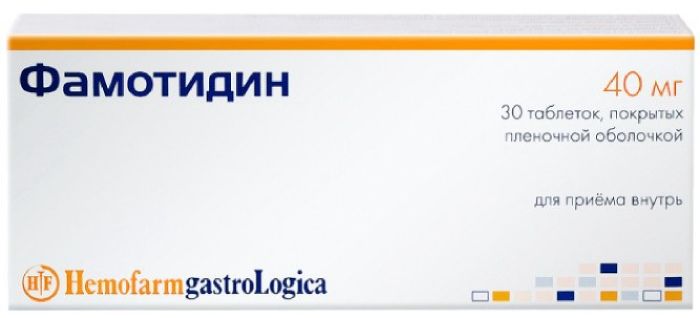
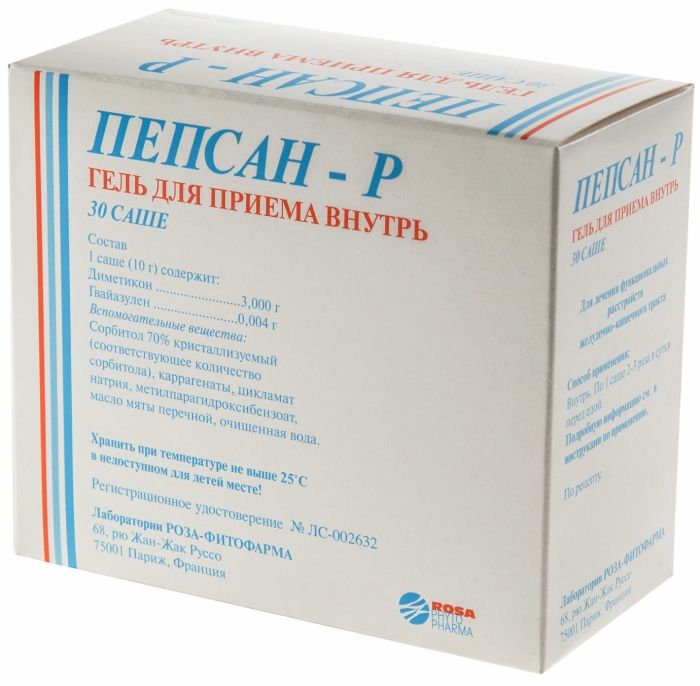
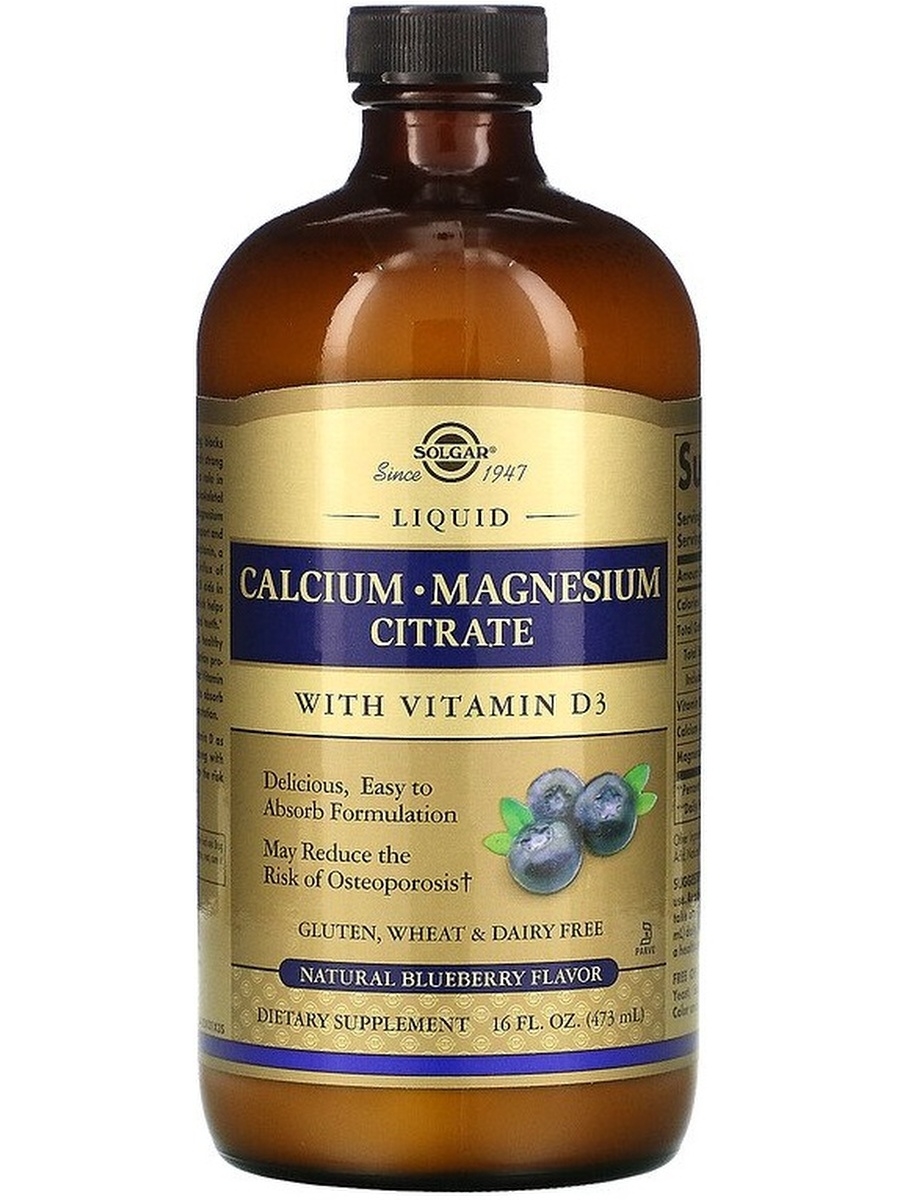
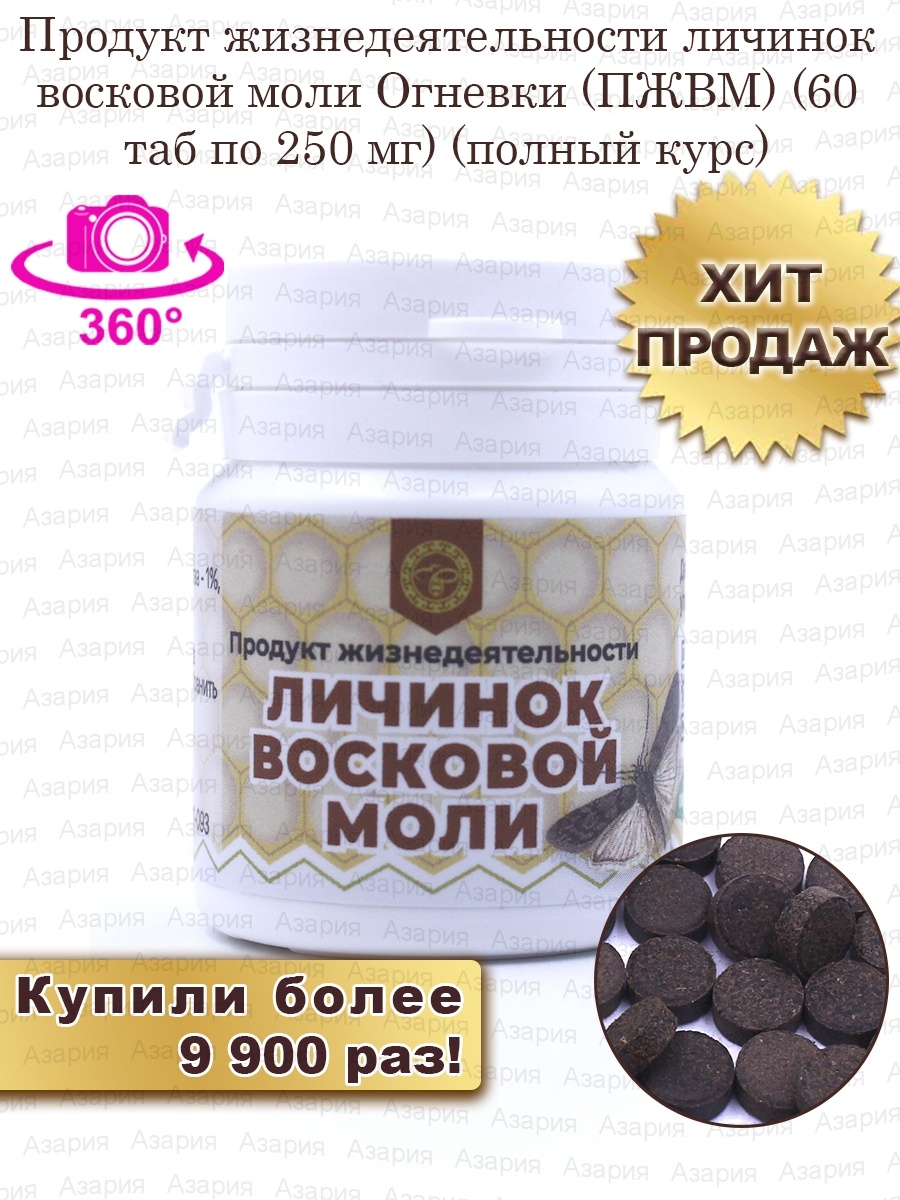
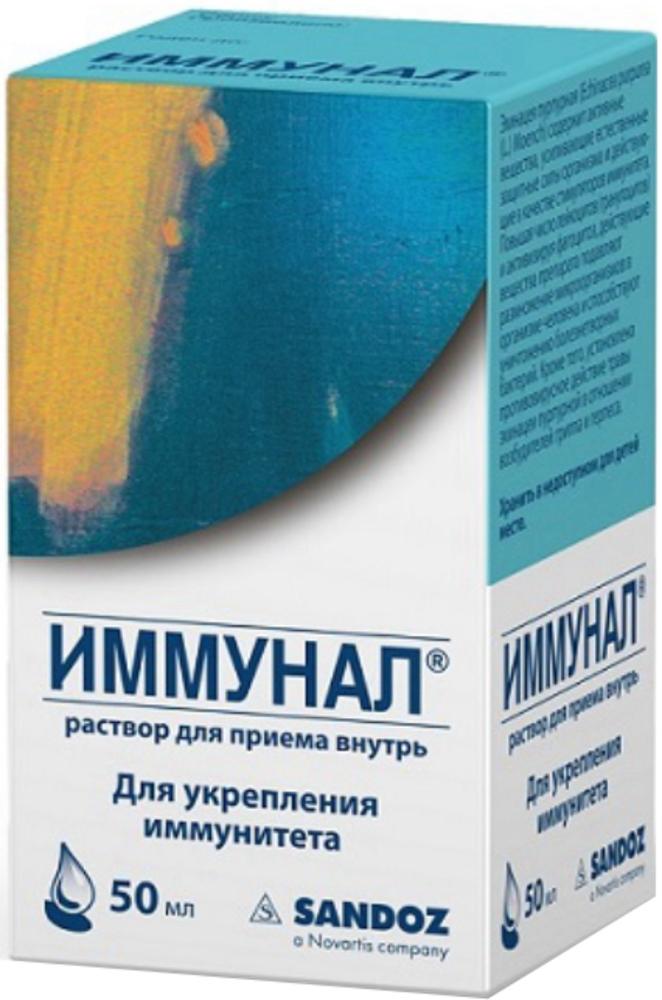
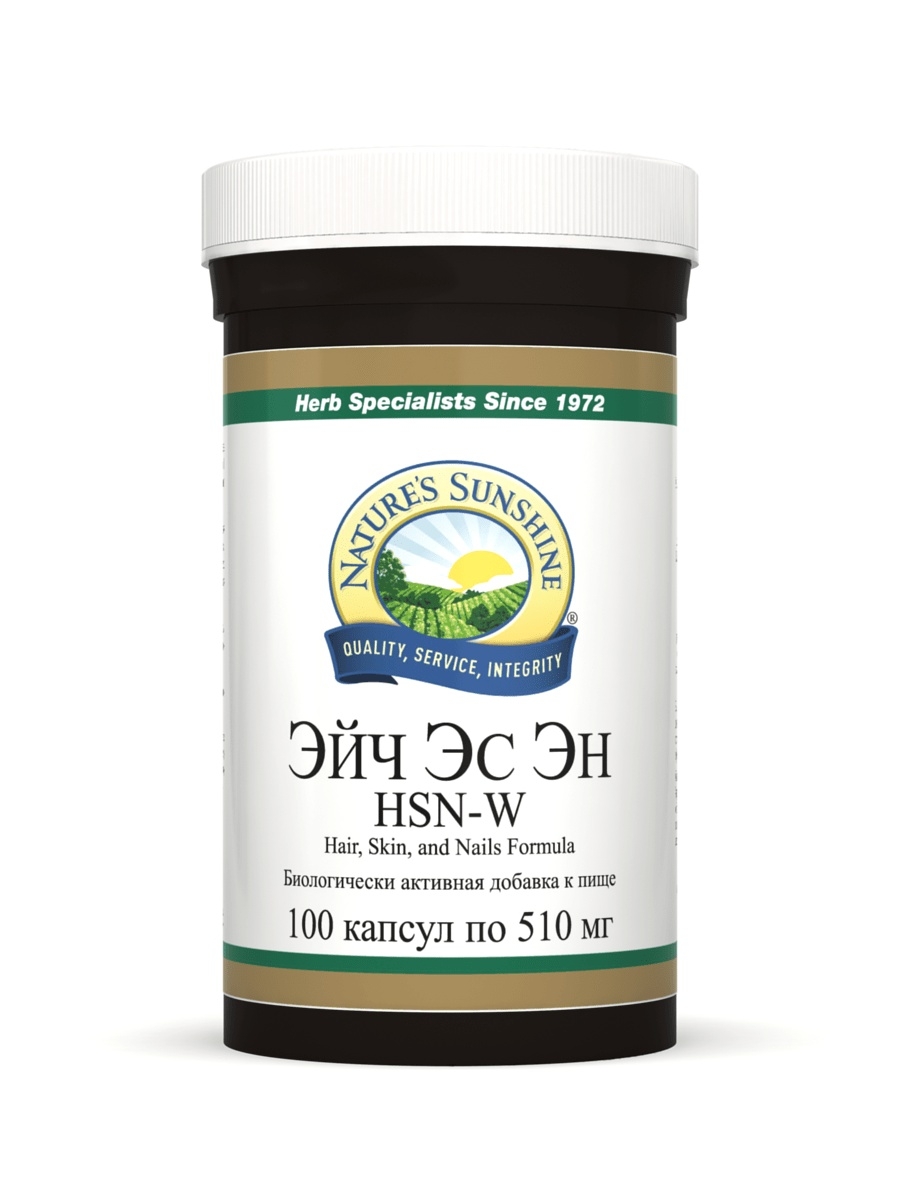
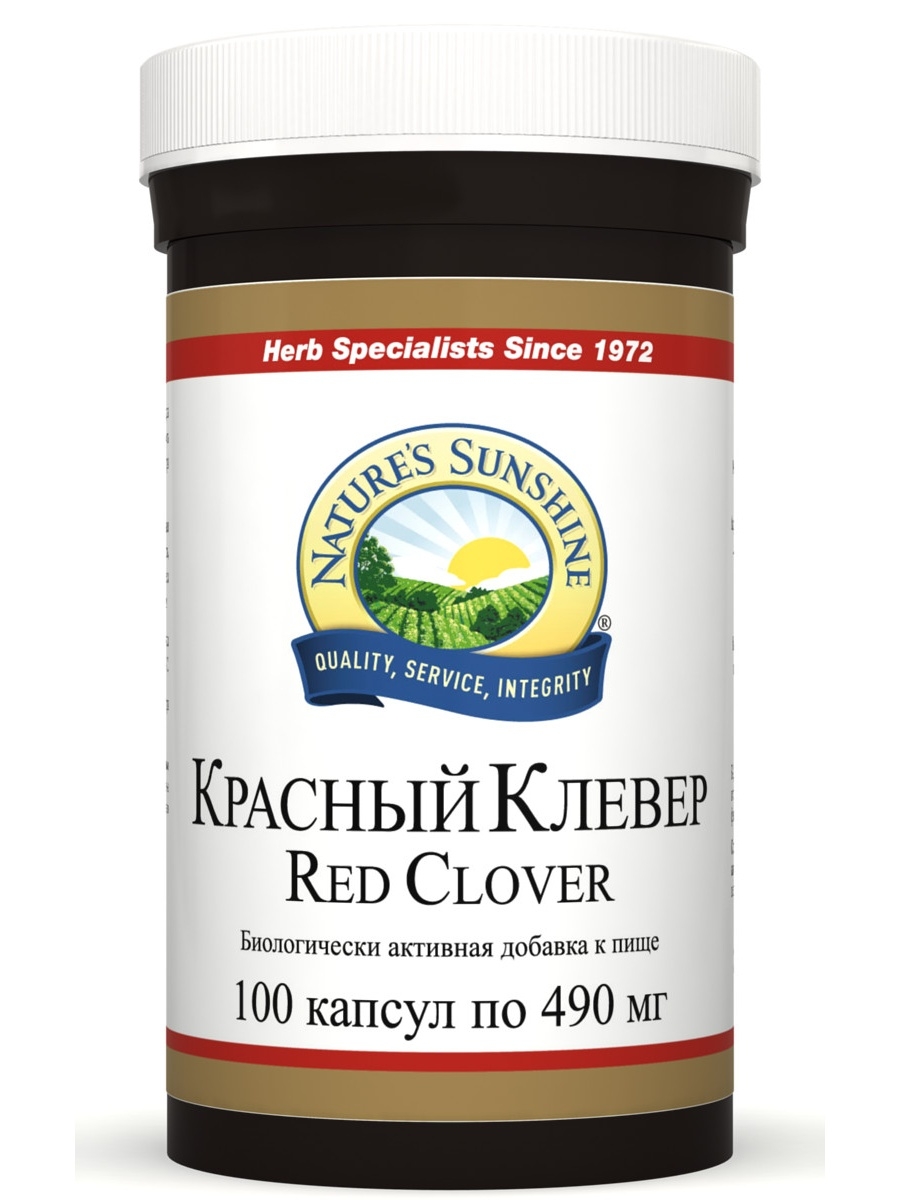




There are no reviews yet.